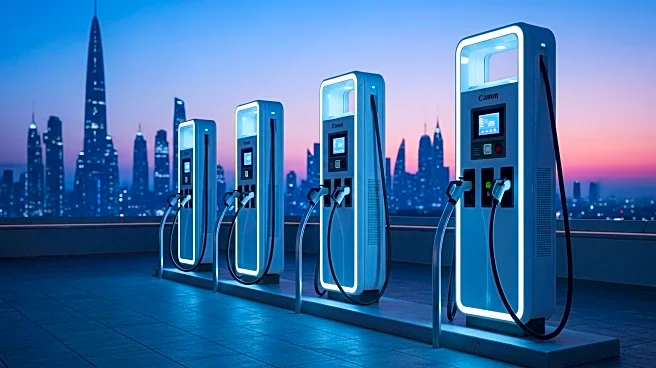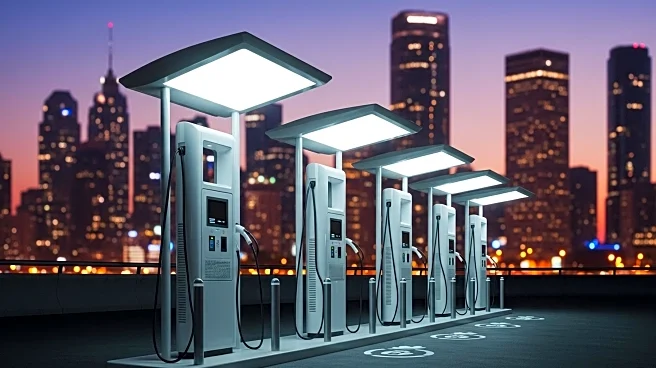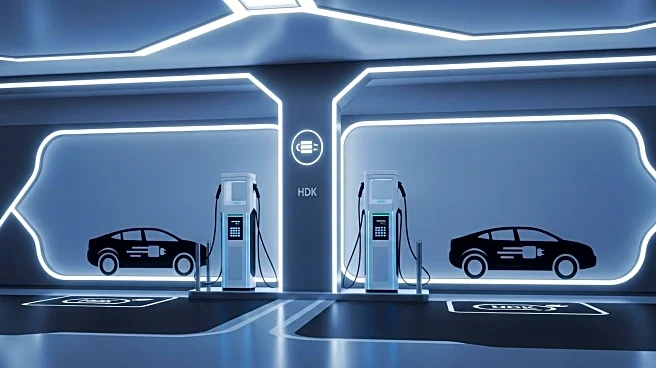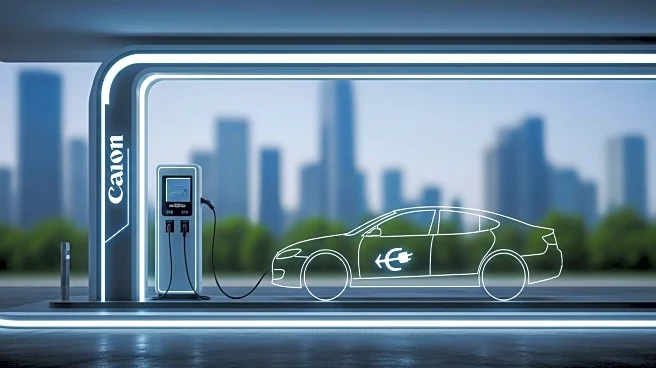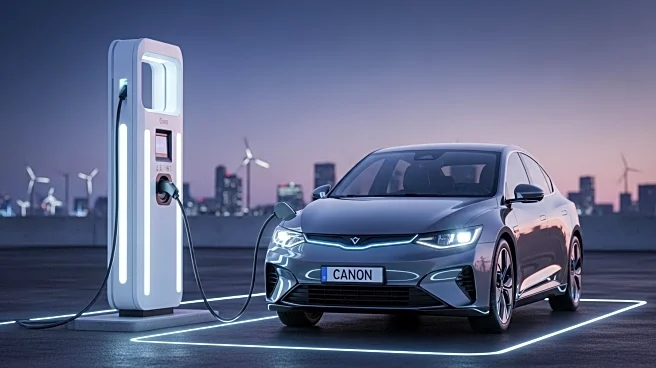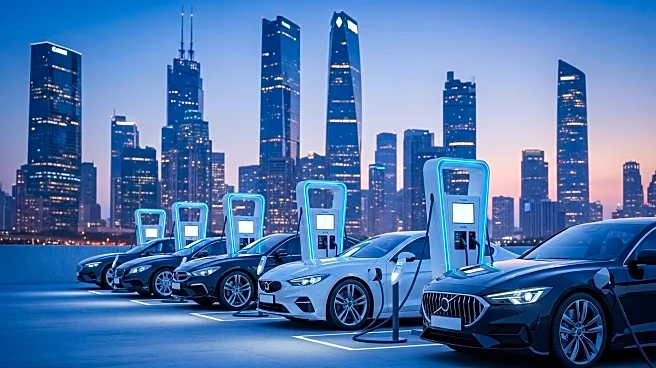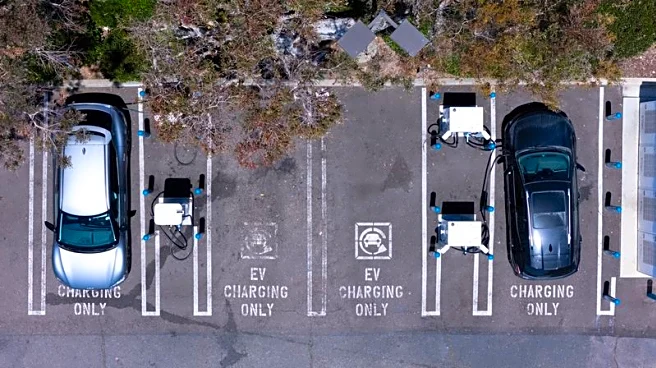What's Happening?
The $7,500 electric vehicle (EV) tax credit in the United States has officially expired as of midnight on September 30. This development is expected to significantly impact the competitive landscape for EV manufacturers. Tesla, a major player in the EV market, is anticipated to adjust its pricing strategy in response to the absence of this tax credit. Historically, Tesla has managed to boost sales by offering more affordable models, such as the Model 3, when previous tax credits expired. The company is now expected to leverage its manufacturing and technological efficiencies to maintain affordability and stimulate demand without the tax credit.
Why It's Important?
The expiration of the EV tax credit is likely to have a profound impact on the U.S. automotive industry. Tesla, which has been profitable on its EV offerings, may benefit from a more level playing field as competitors like Ford and General Motors, who have relied heavily on the tax credit to offset high production costs, may face challenges. The removal of subsidies could expose financial vulnerabilities in these companies, potentially leading to a scaling back of their EV efforts. For Tesla, this could mean an opportunity to capture a larger market share, especially if it can introduce affordable models that appeal to a broader consumer base.
What's Next?
Tesla is expected to introduce new affordable models in the coming quarter, aiming to attract consumers without the aid of the tax credit. If successful, these models could undercut the prices of other affordable EVs currently on the market, such as the Nissan Leaf and Chevrolet Equinox EV. This strategic move could help Tesla regain market share and maintain its competitive edge. The broader industry may see shifts as companies reassess their EV strategies in light of the changed subsidy landscape.
Beyond the Headlines
The expiration of the EV tax credit may also drive innovation within the industry. Without government subsidies, companies might be compelled to focus more on technological advancements and cost efficiencies to remain competitive. This could lead to a wave of innovation in EV technology and manufacturing processes, potentially benefiting consumers with better and more affordable products in the long run.

